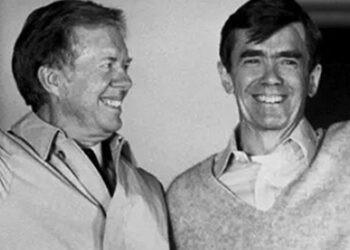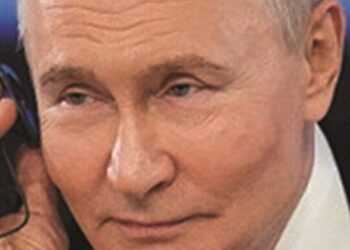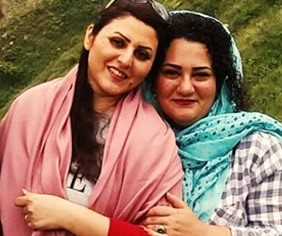March 16, 2018
by Warren L. Nelson
The editors of the Iran Times have named the multitude of protesters around Iran as the Newsmakers of 1396 inside Iran and Nazanin Zaghari-Ratcliffe as the Newsmaker of the Year within the Diaspora.
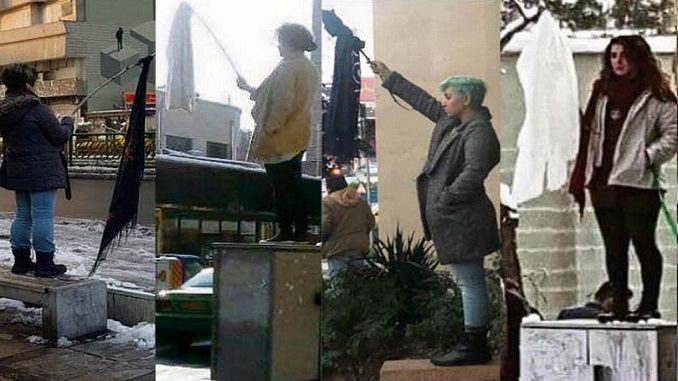
As runner-up, the editors named the rial within Iran and the late mathematician Maryam Mirzakhani within the Diaspora.
The protesters named by the editors are a broad group. They include the laborers who have been staging protests all year long in all corners of the country, chiefly over unpaid wages. They also include groups that rose in loud protests late in December and early in January in about 80 provincial towns and cities, plus the women who have been staging protests mainly against mandatory headscarves but also against the general treatment of women, and the Sufis whose protest last month in Tehran ended in a virtual riot.
There was no contest when it came to naming Nazanin Zaghari-Ratcliffe as the Newsmaker within the Diaspora. Some editors commented that the recognition actually went in many ways to her husband, Richard Ratcliffe, whose is the person who has kept her name in the public eye.
Nazanin has been kept buried inside Evin Prison and is neither seen nor heard. Her husband, on the other hand, is in regular contact with the British media and relays what she tells him over the phone to reporters. He has also been a thorn in the side of the British Foreign Office and Foreign Secretary Boris Johnson, forcing them to pay attention to her case.
And Richard stages periodic rallies and other public events, often in front of the Iranian Embassy in London, which is obviously embarrassed by it all. The embassy staff will never open the door when Richard stages one of his protest gatherings and tries to leave a letter for the Iranian Foreign Ministry. The embassy staff will talk only through the door and tells Richard to leave his deliveries on the stoop where they will pick it up after everyone has left.
The result is Nazanin’s case has gotten more public attention this past year than probably all the other cases of detained dual nationals combined.
Of course, Nazanin is a Newsmaker only outside Iran. The Iranian media largely ignores all the imprisoned dual nationals.
That is also largely true of the protesters within Iran. They get more attention in the media outside Iran than within Iran.
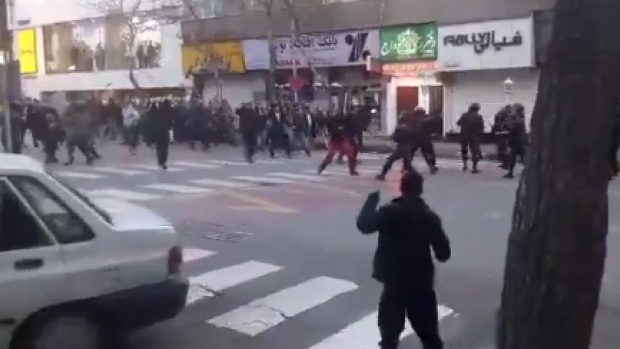
The labor protests are nothing new. They have been going on for years. But they have escalated in number the last two years, probably as the government has privatized many businesses and many new owners have stripped the businesses of their valuable property and left production to atrophy and workers to be ignored.
The street protests across the country that started December 28 remain a mighty mystery. They lasted only 10 days. They had no leadership, which clearly worries the regime, since it has no figures to throttle.
The protesters appeared to be heavily middle class and the protests were most vigorous in small cities. This is the complete opposite of most protests launched against the Shah and the Islamic regime, which have tended to center on students based in Tehran. The security agencies have focused on watching student activities. So what erupted unexpectedly in December leaves the regime confused and uncertain—as it leaves most everyone else.
The women’s protests in Iran began just weeks after the Me Too movement erupted all across the West in October. Women have grumbled in Iran for decades. But they have not done much until now. The anti-headscarf movement has been unique because it involves solitary women—not bands of women—standing up alone on pedestals or other high points in the streets to express their disgust in silence by waving a headscarf on a stick.
Their numbers have not been large. A key question is where their protest goes next. The solitary protests do not seem to lead anywhere. Yet there is no apparent effort to get women to gather in thousands in a park or outside the Majlis to sway their headscarves en masse.
The Sufi event was stunning. The violence coming from a non-violent group left much of the country gasping. The Sufi leadership did not call for violence—and it is clear the regime understands that because it has taken no action against the Sufi leadership. It is not clear if the violence was started by some Sufis acting on their own or if it was a response to physical attacks by police. But however it began, it evolved into a mass brawl that was more violent than seen in decades of anti-regime protests.

Beyond the violence, the immense growth of the Sufi groups in Iran in recent decades represents a resistance by many Shiite worshippers who are concerned that their faith is being seized by a government. That itself poses a major challenge to the regime.
The major question for the new year is whether these protests will just become events to be recalled as history or whether they will turn out to be the spark of escalating opposition to the ruling establishment.
One of the criticisms of the 2009 student protests is that the students never tried to extend their protests beyond recruiting on the campuses. The protesters of this past year have been launched by groups the students ignored in 2009. If all were to unite in protest, they would present the regime with a serious challenge. But separately and isolated, it is not that difficult for the regime to suppress them one-by-one.













